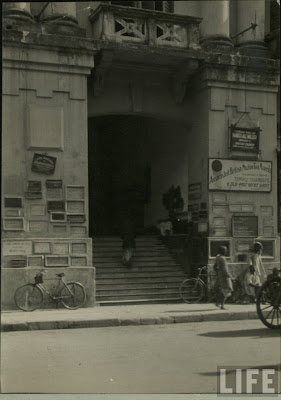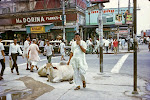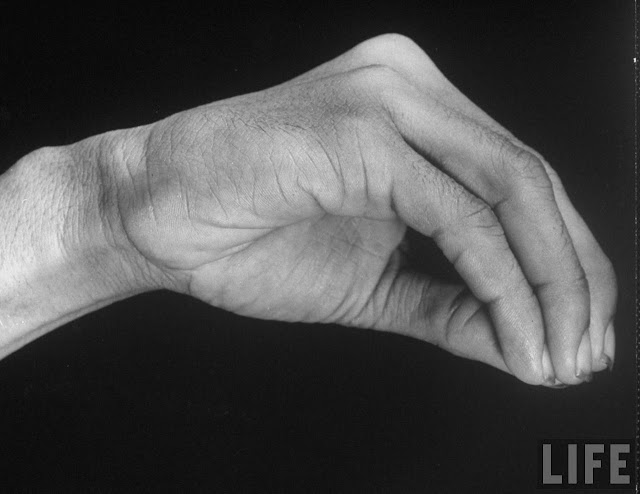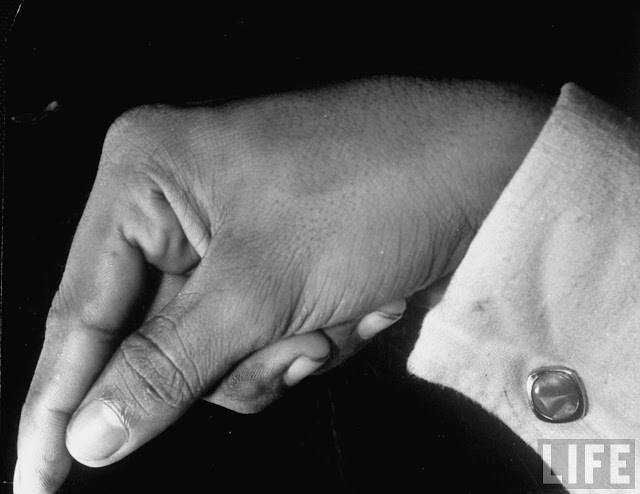Haunted Places of Kolkata
Like every other densely populated old cities of the country, Kolkata has its own share of haunted places. Old buildings and heritage sites that has been in this city for a while and has haunted past, are scattered all over. Some people say its all made up, some believe them from the core of their hearts while some try to find rationality among the widely spread stories.

The National Library – Alipur

This
one is probably the most famous of all the haunted spots in the city.
There are a few stories around this complex probably due to the mammoth
size of the building or the huge piece of land this building acquires.
Out of these stories, two are the most famous versions that are listed
here. In early nineties, the British Government had ordered a renovation
of the old block and construction of a new complex. It was during this
renovation that as many as twelve labours lost their lives in an
accident at the site. It is said that even to this day, the spirits of
those workers lurks inside the new complex during the darker hours. In
another version of the story, it is believed that during the same period
there was an English grad student of a reputed college of the city who
visited the Library in search of study material. He met with an accident
and died at the gates of the library after one such visit of his to
this great building. During his last days at the library, he was
studying some letters of the Victorian era which was stacked in an
obscure corner of the main library building. It is believed that the
spirit of this young Bengali student visits the library during odd hours
to complete his research paper. Some of the people who have noticed
such paranormal existence would testify with the details of how they
have seen letters all scattered on the desks when the library gates open
at 10am in the morning or even how construction issues arise inside the
complex and how they are miraculously solved in some moments. There are
eyewitnesses who say that they have heard footsteps of former
Lieutenant Governor of Bengal, who used to reside in the same building.
The Royal Calcutta Turf Club – The Race Course

This
is a story of mid 1930s of a race maniac called George Williams who
loved his horses more than his family and his job at the secretariat. He
had as many as 5 horses, out of which his most famous and dearest was a
pearl white horse called Pride. Pride was rightly named as she won a
few tough races, fame and money for her master. Williams used to spend
most of his time in his stable at the race course complex and mostly
with his piece of pride. With age, came some complications in the health
of Pride and she no longer was the queen of the tracks. Her last race
was the Annual Calcutta Derby where she lost the race and Williams lost a
lot of fortune. She was found dead the next morning on the tracks with
bullet injuries. Though the sources close to Williams and the RCTC had
reportedly admitted that she was killed as per the traditions of killing
a horse when she is aged and not well, there is another version which
states that Williams, in a drunken state, had killed the horse out of
sheer frustration. Even as the entire Turf racing fraternity mourned the
loss of such a beauty on the tracks, the spirit of Pride is still
believed to be seen on the green patch during late nights of Saturdays.
Some witnesses have said that they have seen a patch of white fog
gushing past the tracks giving an impression of Pride. Mystery or myth,
Pride remains alive in the stories of her existence, even as today’s
Kolkata remembers her as the “William shaheb er shada Ghoda”
South Park Street Cemetery – Park Street

Perhaps
every Kolkata guy has experienced the night life of Park Street. A few,
however, has experienced the late night life there. The primitive name
of this famous residential cum office area is Burial Road, primarily
because of the existence of South Park Street Cemetery. Many of us

confuse this old address with the Mullick Bazaar Cemetery. But still
this old burial place, built in 1767, remains in the shadows of the new
age High rise buildings and flashy lights. The entry to this place gives
you an eerie experience right from the big iron gates to the marble
stone studded lanes that take you through the rows of graves bearing
British names. Stories of other-worldly figures lingering inside the
campus, has been doing rounds for many years. No specific person could
be identified as the spirit. Sources and eyewitnesses confirm white fog
of humanly figure has been spotted regularly at the grounds, in the
early mornings and late evenings. People residing in the adjacent
buildings prefer to keep their cemetery-faced windows closed most of the
time.
Rabindra Sarovar Metro Station – Mudiali

The
other name in which The Kolkata Metro is famous is “Paradise of
Suicide”. It is a commonly known death trap with 4000 Volts of current
running in the famed third line (a third rail that runs parallel to the
tracks and is a little elevated on de-conductors and is usually covered
with a wooden plank). Shockingly, around 70% of all people who have lost
their lives in the tracks of Metro have committed suicide at Rabindra
Sarovar Metro Station. There are stories of how people, travelling to
the station in the last metro which reaches the station at around
10:30pm, found some eerie images of figures vanishing in a fraction of
second. There are even rumours of shadows moving on the platform on late
evenings.
The Writers Building - BBD Bag

The
present Writers' Building in Calcutta was first started as early as
1690. Within the periphery of the old fort, the junior writers or clerks
of the East India Company used to stay in mud hovels. So it came to be
known as the 'Writers' Building'. On 25th June, 1695, these hovels were
destroyed by a tempest. Then, the second Writers' Building was
constructed inside the old fort. In 1706, the new one-storeyed
brick-built building was built. The other Writers' Building stood at the
place where the G.P.O. or Fairly Place stand today.

This
building has a haunted past too. It is believed that the spirit of
Captain Simpson of British East India Company, who was killed by the
famous revolutionaries Binay, Badal & Dinesh, still resides in the
building facades. The most notorious part of the mammoth building is
probably the fifth block where he was shot. Roadside vendors outside the
building have often reported of listening to footsteps and voices from
within the building well after the earthly hours. Even the busiest
blocks of the power house gets deserted after 7pm.
The Hastings House - Hastings

The old residence of the Governor-General at 20B, Judges Court road has another interesting story to tell.

The Kolkata Dock – Khidderpur

This
place was originally owned by Nawab Wajid Ali Shah of Awadh. After his
kingdom was snatched from him by the East Inda Company in 1856, The
Nawab took refuge in the area which now holds the Kolkata docks. There
are a few eerie stories about the complex. It is believed that the
spirit of the Nawab resides here to take revenge on the British Empire.
Since Nawab was a fond follower of music, hair rising stories of how
classical music being heard also do the rounds.
The National Museum – Chowranghee

The
museum was transferred to it’s current location in 1878 with two
galleries. Now the gigantic building holds close to sixty galleries of
art inside its premises. The place is a well known haunted location of
the city. People have heard a lot of sounds made by the traditional
anklets worn by women during dance performances. It is believed that the
owner of the properties which lies at the residence guards them from
thieves. Directors or the organization, past and present, have refuted
all these claims.









-1932.jpg)
-1932.jpg)



















